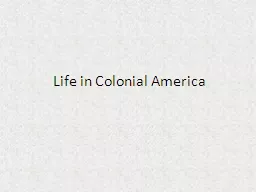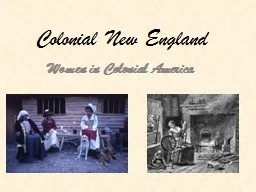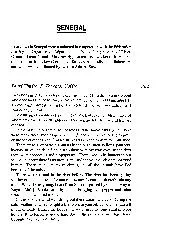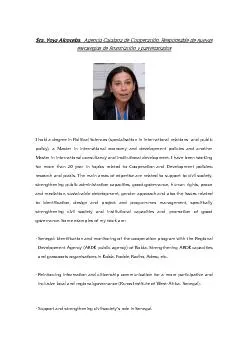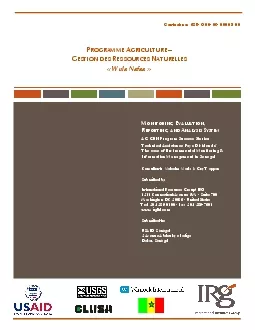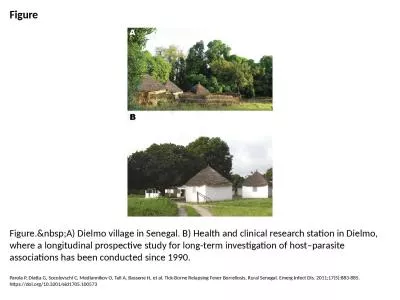PPT-Senegal Colonial History
Author : natalia-silvester | Published Date : 2016-07-10
William Trey Carter Paleolithic Earliest evidence of human life was found in the valley of the Faleme in the south east The presence of man is attested by the discovery
Presentation Embed Code
Download Presentation
Download Presentation The PPT/PDF document "Senegal Colonial History" is the property of its rightful owner. Permission is granted to download and print the materials on this website for personal, non-commercial use only, and to display it on your personal computer provided you do not modify the materials and that you retain all copyright notices contained in the materials. By downloading content from our website, you accept the terms of this agreement.
Senegal Colonial History: Transcript
Download Rules Of Document
"Senegal Colonial History"The content belongs to its owner. You may download and print it for personal use, without modification, and keep all copyright notices. By downloading, you agree to these terms.
Related Documents









